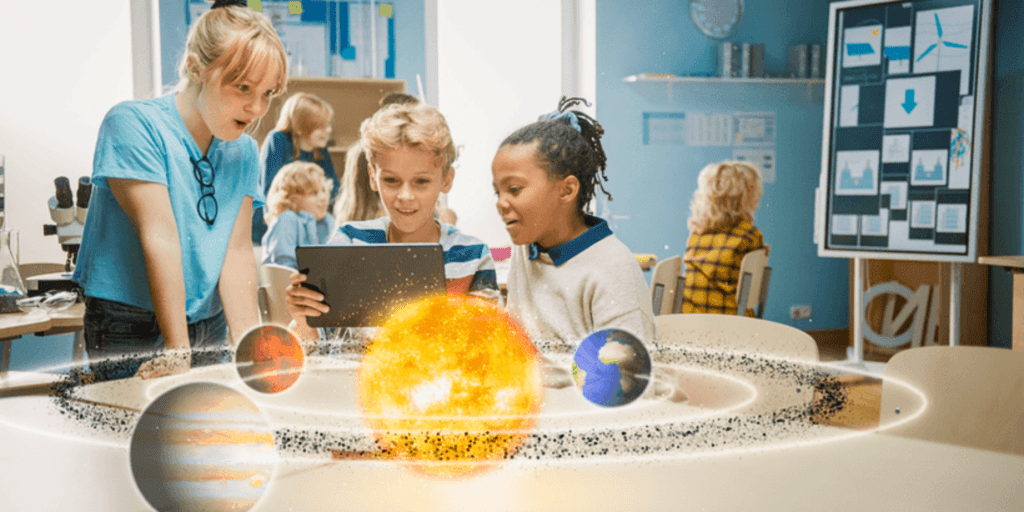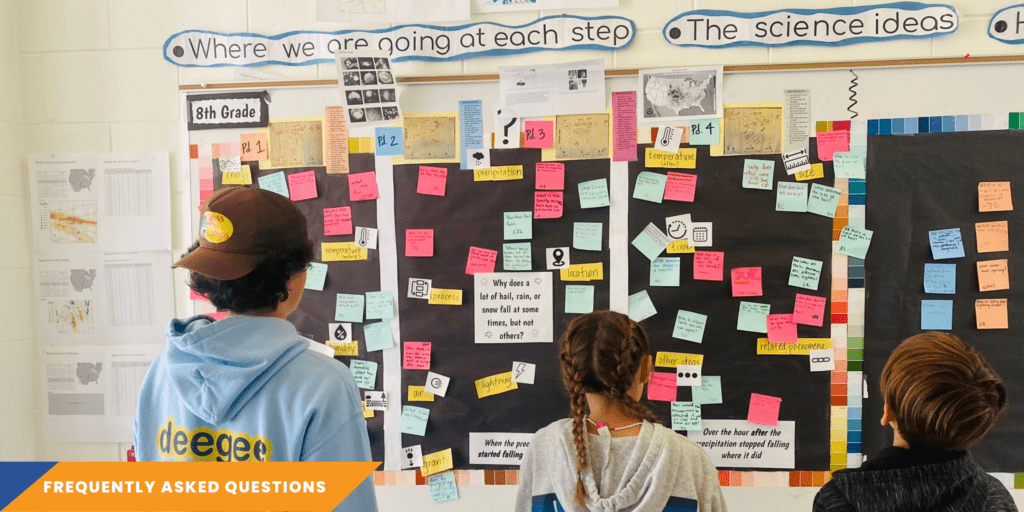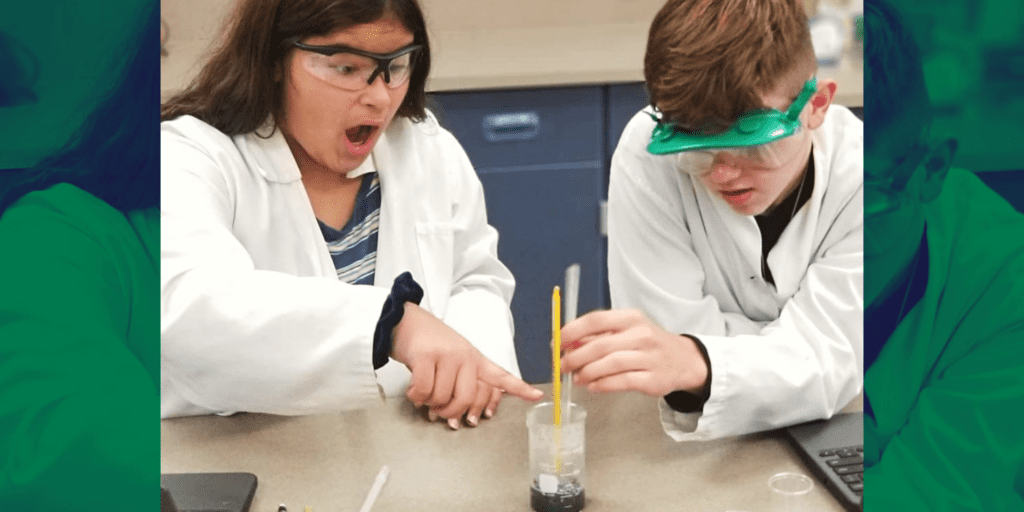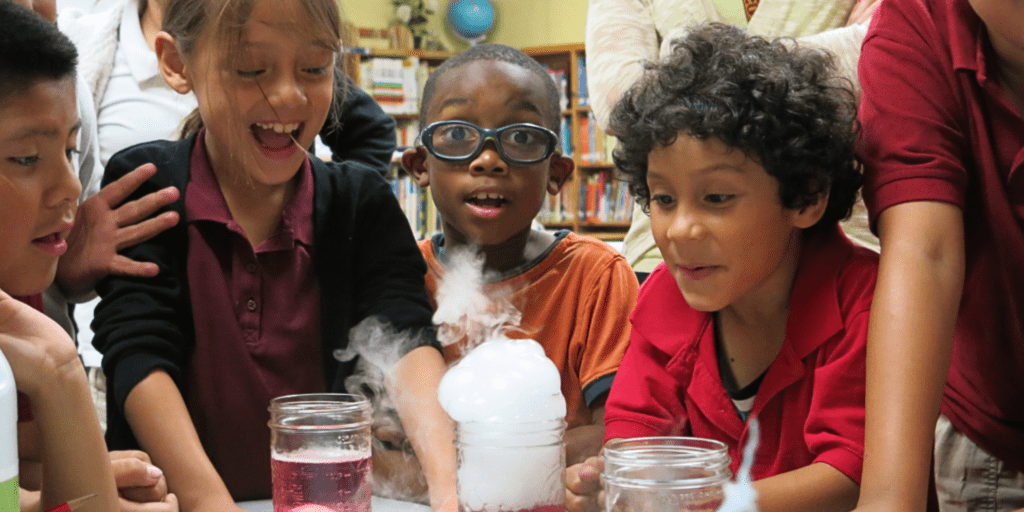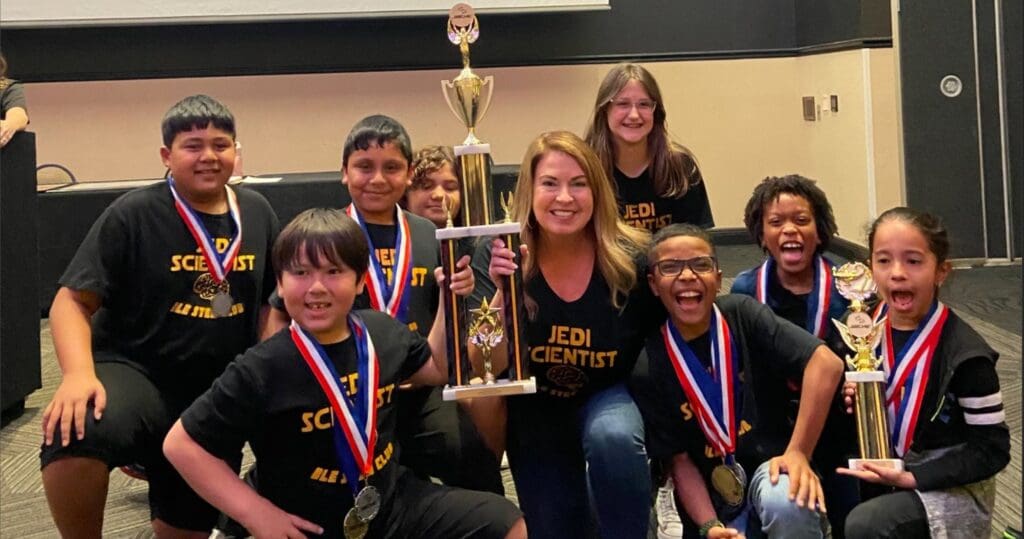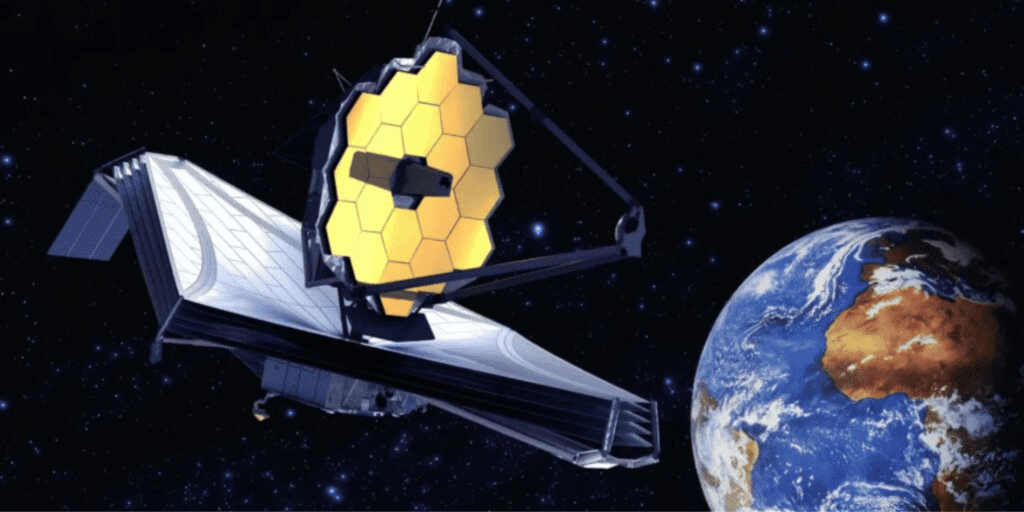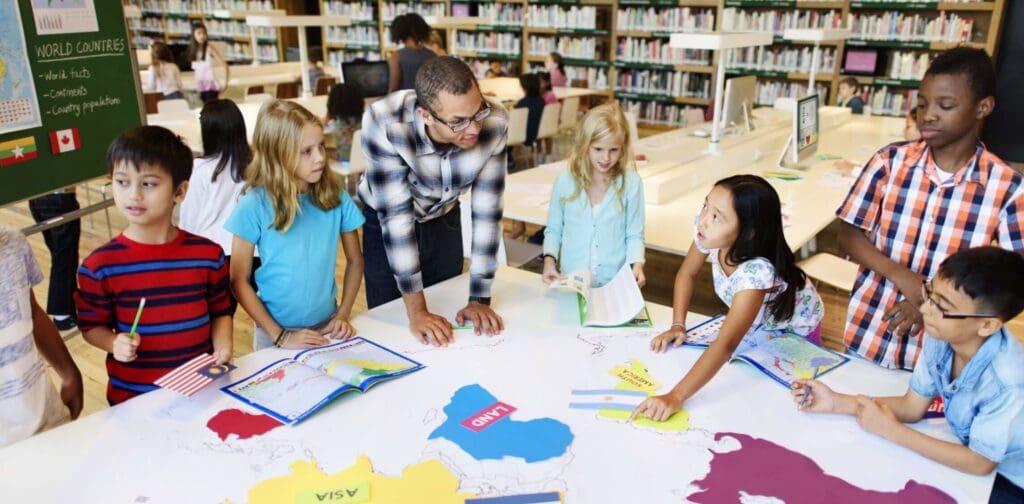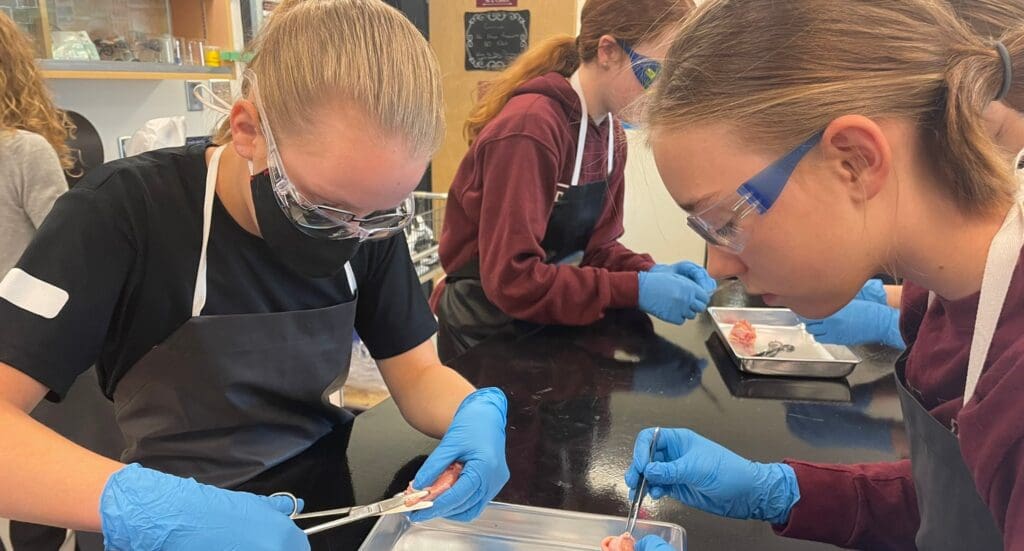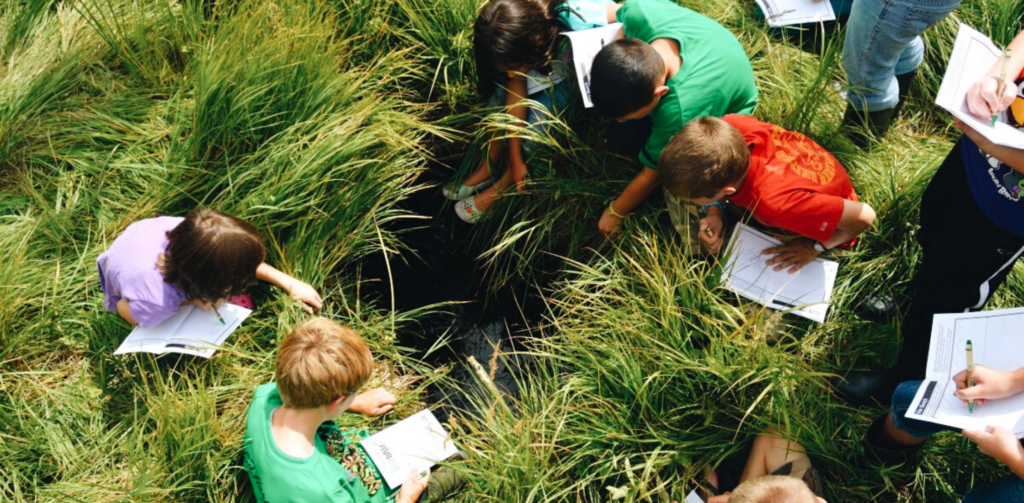Posts by Vanessa Evans
Activate Innovation: When It Comes to the Future of Science Kits – the Sky’s the Limit! (part 3)
Recent, rapid breakthroughs in AI signal an unpredictable future that’s both exciting and a bit unsettling. But rather than feeling overwhelmed, educators can turn this into an opportunity. By focusing on what we truly want and need in our science-teaching tools, we can steer the innovation towards benefiting all learners and a more equitable future. It starts by asking the right questions.
Read MoreWhat’s a Driving Question Board and How Does It Shift Students from Learning Science to Actively DOING Science?
In the realm of science education, finding effective ways to engage students and encourage active participation is crucial. Activate Learning uses an innovative tool called the Driving Question Board (DQB) that transforms the traditional classroom experience and shifts students from learning about science to actively doing science.
Read MoreThe Secret Sauce in Our Science Kits: Creating Win-Win Solutions for Teachers and School Districts (part 2)
This time, we’re zooming in on the challenges that districts and teachers face when it comes to selecting, managing, and implementing science kits. But don’t worry, it’s not all obstacles and hurdles. We’re also going to show you how we at Activate Learning turn these challenges into wins for teachers, schools, and most importantly, the students.
Read MoreUnlocking Young Minds: Giving K-5 Science Students a Jump Start on STEM Careers (part 3)
Welcome to the final part of our three-part blog series on introducing K-5 students to science and engineering.
Read MoreUnlocking Young Minds: How to Teach Engineering to K-5 Students and Make It Stick! (part 2)
We’re excited to back with part two of our three-part series on Elementary STEM education! In part one of this series, we discussed the importance of teaching science and engineering in the elementary grades and explored how the Next Generation Science Standards (NGSS) help teachers with many of the challenges they have introducing science and…
Read MoreFree Science Teaching Resources: Astronomy and James Webb Space Telescope Lessons
Now is the time for educators to prepare students for this exciting future and to integrate a deeper learning of space science. The best way to prepare students for future space science careers is to use instructional materials that are aligned with The Next Generation Science Standards (NGSS) which teaches them problem-solving and critical thinking, and brings real world science practices into the classroom. The James Webb Telescope offers educators a great opportunity to engage students in the future of space science.
Read MoreCulturally Responsive Science Curriculum: the Key to Unlocking Student Potential
Culturally responsive curriculum allows students to connect the material to their own lives and experiences which, in turn, facilitates deeper learning. When students see themselves, their culture, and their community represented in the curriculum, they are more likely to be engaged and motivated to learn. Additionally, culturally responsive curriculum closes the achievement gap, boosts the confidence of students, and empowers them to solve real-world problems in their local communities.
Read MoreThe Successful Road to OpenSciEd Implementation Starts with a Great Pilot
But before implementing this innovative curriculum, schools should first lay a solid foundation for implementation with a rigorous pilot program. A pilot program allows districts to “test drive” a curriculum by implementing all or parts of a curriculum in real-time, with real students, for a limited time, to learn whether or not the curriculum will meet predefined goals. During a pilot program, educators use simulations to measure how effectively their students learn using the curriculum in their classrooms.
Read MoreAssessing Student Learning in STEM: Engaging Teachers, Students, and Parents
The challenges ahead for educators to help students to continue recovering learning loss and prepare them for the STEM careers of the future may seem challenging but students and teachers alike have proven that they are resilient, more than up to the task, and ready to embrace innovative ideas and tools to help propel them forward!
Read More
